Activated Carbons For Wastewater Odor Control
Activated Carbons For Wastewater Odor Control
Credit to : Deepak Raina
Usually dispatched in 2 to 3 days
Usually dispatched in 2 to 3 days
Category:
Wastewater Treatment
Only logged in customers who have purchased this product may leave a review.
Related products
Sewer Design Guide
Abstract:
the Sewer Design Guide is a guide for the engineer when planning and designing wastewater facilities and should be used for both public facilities and private facilities which serve multiple lots. This guide summarizes and outlines relevant City policies, applicable codes, and engineering and operational practices and procedures that have been developed in an effort to establish a cost-effective, reliable, and safe wastewater collection system. Also to be considered and used in conjunction with this design guide are all applicable current standard drawings, specifications, codes, laws and industry requirements for the planning and design of wastewater infrastructures
Sewer Design Guide
Abstract:
the Sewer Design Guide is a guide for the engineer when planning and designing wastewater facilities and should be used for both public facilities and private facilities which serve multiple lots. This guide summarizes and outlines relevant City policies, applicable codes, and engineering and operational practices and procedures that have been developed in an effort to establish a cost-effective, reliable, and safe wastewater collection system. Also to be considered and used in conjunction with this design guide are all applicable current standard drawings, specifications, codes, laws and industry requirements for the planning and design of wastewater infrastructures
Module 13: General Administration of Wastewater Treatment Plants
.List the types of data collected at a plant.
.Analyze typical plant data.
.Describe methods for presenting plant data.
.Explain the frequency and types of reports utilized at a plant.
Module 13: General Administration of Wastewater Treatment Plants
.List the types of data collected at a plant.
.Analyze typical plant data.
.Describe methods for presenting plant data.
.Explain the frequency and types of reports utilized at a plant.
Chemical Cleaning Of Ultrafiltration Membrane After Treatment Of Oily Wastewater
Abstract:
Oily wastewaters and Oil–in-water emulsions are two of the major pollutants of the environment. Ultrafiltration (UF) membranes play an important role in the treatment and reuse of oily wastewaters. Fouling of UF membranes is typically caused by inorganic and organic materials present in wastewaters that adhere to the surface and pores of the membrane and result in the deterioration of performance with a consequent increase in energy costs and membrane replacement. In the experiments, polyacrylonitrile (PAN) and outlet wastewater of the API (American Petroleum Institute) separator unit of Tehran refinery as membrane and feed were used, respectively. Fouling and cleaning experiments were performed with oily wastewater and selected cleaning agents using a laboratory scale cross flow test unit. The results showed that metal chelating agent (ethylene diamine tetra acetic acid disodium salt-2-hydrate (EDTA)) and an anionic surfactant (sodium dodecyl sulfate (SDS)) were able to Clean the fouled UF membrane effectively by optimizing chemical (pH) and physical
(cleaning time, cross flow velocity (CFV) and temperature) conditions during cleaning. Flux recovery and resistance removal were found to improve with increasing CFV, temperature, pH, cleaning time and concentration of the cleaning chemicals. In this paper, the cleaning mechanism is also investigated.
Chemical Cleaning Of Ultrafiltration Membrane After Treatment Of Oily Wastewater
Abstract:
Oily wastewaters and Oil–in-water emulsions are two of the major pollutants of the environment. Ultrafiltration (UF) membranes play an important role in the treatment and reuse of oily wastewaters. Fouling of UF membranes is typically caused by inorganic and organic materials present in wastewaters that adhere to the surface and pores of the membrane and result in the deterioration of performance with a consequent increase in energy costs and membrane replacement. In the experiments, polyacrylonitrile (PAN) and outlet wastewater of the API (American Petroleum Institute) separator unit of Tehran refinery as membrane and feed were used, respectively. Fouling and cleaning experiments were performed with oily wastewater and selected cleaning agents using a laboratory scale cross flow test unit. The results showed that metal chelating agent (ethylene diamine tetra acetic acid disodium salt-2-hydrate (EDTA)) and an anionic surfactant (sodium dodecyl sulfate (SDS)) were able to Clean the fouled UF membrane effectively by optimizing chemical (pH) and physical
(cleaning time, cross flow velocity (CFV) and temperature) conditions during cleaning. Flux recovery and resistance removal were found to improve with increasing CFV, temperature, pH, cleaning time and concentration of the cleaning chemicals. In this paper, the cleaning mechanism is also investigated.
Module 15: The Activated Sludge Process – Part 1
•Describe the activated sludge process and its control variables.
•List List three types of activated sludge treatment plants.
Module 15: The Activated Sludge Process – Part 1
•Describe the activated sludge process and its control variables.
•List List three types of activated sludge treatment plants.
A Review of Electrocoagulation Process for Wastewater Treatment
The control of environmental pollution and also the treatment of polluted water are of great concern. Within the past decade, electrochemical coagulation process has emerged as most effective wastewater treatment process as compared to conventional techniques of treating wastewater. Electrocoagulation is robust, cost effective, reliable, low sludge generating process, it has automation amenability and it has high pollutant removal efficiency. The aim of the review is to explain the basics and up to date advancement of electrocoagulation method for the improvements in the pollutant removal efficiency.
A Review of Electrocoagulation Process for Wastewater Treatment
The control of environmental pollution and also the treatment of polluted water are of great concern. Within the past decade, electrochemical coagulation process has emerged as most effective wastewater treatment process as compared to conventional techniques of treating wastewater. Electrocoagulation is robust, cost effective, reliable, low sludge generating process, it has automation amenability and it has high pollutant removal efficiency. The aim of the review is to explain the basics and up to date advancement of electrocoagulation method for the improvements in the pollutant removal efficiency.
Agricultural Wastewater Treatment
In many semiarid and arid countries, water is now becoming an increasingly limited resource and managers are forced to take into account sources of water that may be used economically and efficiently to encourage further development. Simultaneously, with the population increasing at a high rate, the requirement for increased production of food is apparent. The prospective for irrigation to increase both the agricultural productivity and living standards of the poor has long been acknowledged. Irrigated agriculture occupies nearly 17% of the total arable land in the world but the yield from this land includes about 34% of the world total. This perspective is even more distinct in arid areas like the Near East Region, where only 30% of the cultivated land is irrigated but it yields around 75% of total agricultural production. In the same area, more than 50% of the food necessities are imported and the increased rate in demand for the food surpasses the rate of an upsurge in agricultural production (Tunney et al., 2000).
Agricultural Wastewater Treatment
In many semiarid and arid countries, water is now becoming an increasingly limited resource and managers are forced to take into account sources of water that may be used economically and efficiently to encourage further development. Simultaneously, with the population increasing at a high rate, the requirement for increased production of food is apparent. The prospective for irrigation to increase both the agricultural productivity and living standards of the poor has long been acknowledged. Irrigated agriculture occupies nearly 17% of the total arable land in the world but the yield from this land includes about 34% of the world total. This perspective is even more distinct in arid areas like the Near East Region, where only 30% of the cultivated land is irrigated but it yields around 75% of total agricultural production. In the same area, more than 50% of the food necessities are imported and the increased rate in demand for the food surpasses the rate of an upsurge in agricultural production (Tunney et al., 2000).
Advanced Treatment Technologies For Recycle/Reuse Of Domestic Wastewater
Conventional wastewater treatment technologies improve the quality of wastewater discharged into the environment and restrain polluted waters from contaminating other available clean water resources. However, these treatment technologies do not make wastewater fit for further beneficial uses in communities closer to the points of generation. Innovative and advanced technologies that can further improve the quality of wastewater are needed to overcome this limitation of conventional technologies, and to promote widespread adoption of recycle and reuse practices. Advanced treatment processes can be biological processes, physicochemical processes, or a combination of both (hybrid processes). Biological processes to remove nutrient pollutants such as nitrogen and phosphorus, provide the platform for further wastewater treatment to reusable quality. Physicochemical processes such as deep-bed filtration, floating media filtration, and membrane filtration, play a major role among treatment technologies for water reuse. Membrane filtration has significant advantages over other processes since they produce high quality effluent that requires little or no disinfection with minimum sludge generation. The hybrid processes attempt to obtain the benefits of both biological and physicochemical processes in one step.
Advanced Treatment Technologies For Recycle/Reuse Of Domestic Wastewater
Conventional wastewater treatment technologies improve the quality of wastewater discharged into the environment and restrain polluted waters from contaminating other available clean water resources. However, these treatment technologies do not make wastewater fit for further beneficial uses in communities closer to the points of generation. Innovative and advanced technologies that can further improve the quality of wastewater are needed to overcome this limitation of conventional technologies, and to promote widespread adoption of recycle and reuse practices. Advanced treatment processes can be biological processes, physicochemical processes, or a combination of both (hybrid processes). Biological processes to remove nutrient pollutants such as nitrogen and phosphorus, provide the platform for further wastewater treatment to reusable quality. Physicochemical processes such as deep-bed filtration, floating media filtration, and membrane filtration, play a major role among treatment technologies for water reuse. Membrane filtration has significant advantages over other processes since they produce high quality effluent that requires little or no disinfection with minimum sludge generation. The hybrid processes attempt to obtain the benefits of both biological and physicochemical processes in one step.
A Ground-Breaking Innovation In Wastewater Treatment
The fashion industry contributes 20% of industrial water pollution With a high water footprint, massive chemical use and atmospheric, water and greenhouse gas (GHG) emissions, dyehouse operations are the most environmentally damaging component of the apparel supply chain2.Global brands are responding by requiring manufacturers to treat wastewater and reduce effluent. Paradoxically, conventional water treatment systems generate toxic sludge, trading water pollution for solid, chemical discharge that is landfilled and emits GHG – mostly methane.
A Ground-Breaking Innovation In Wastewater Treatment
The fashion industry contributes 20% of industrial water pollution With a high water footprint, massive chemical use and atmospheric, water and greenhouse gas (GHG) emissions, dyehouse operations are the most environmentally damaging component of the apparel supply chain2.Global brands are responding by requiring manufacturers to treat wastewater and reduce effluent. Paradoxically, conventional water treatment systems generate toxic sludge, trading water pollution for solid, chemical discharge that is landfilled and emits GHG – mostly methane.



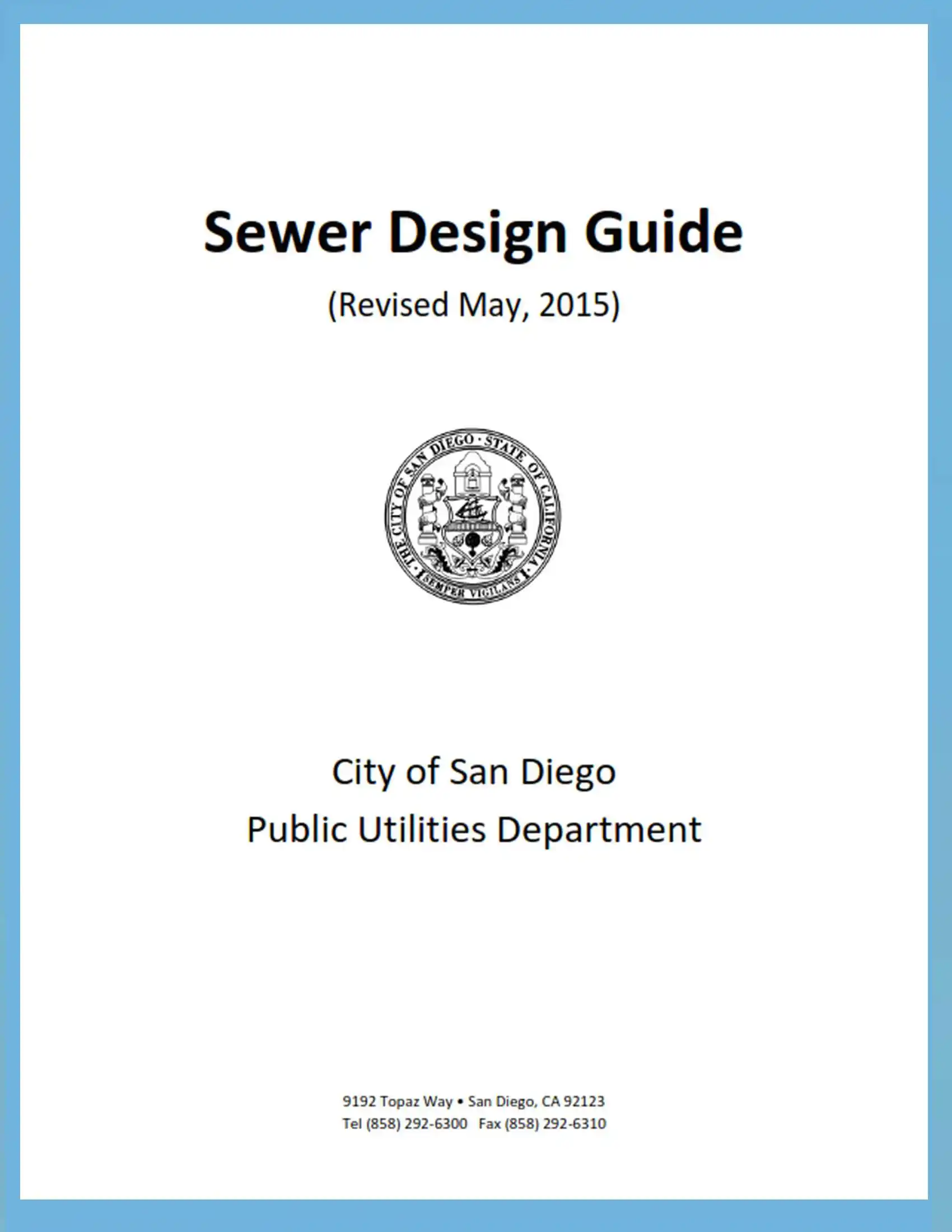
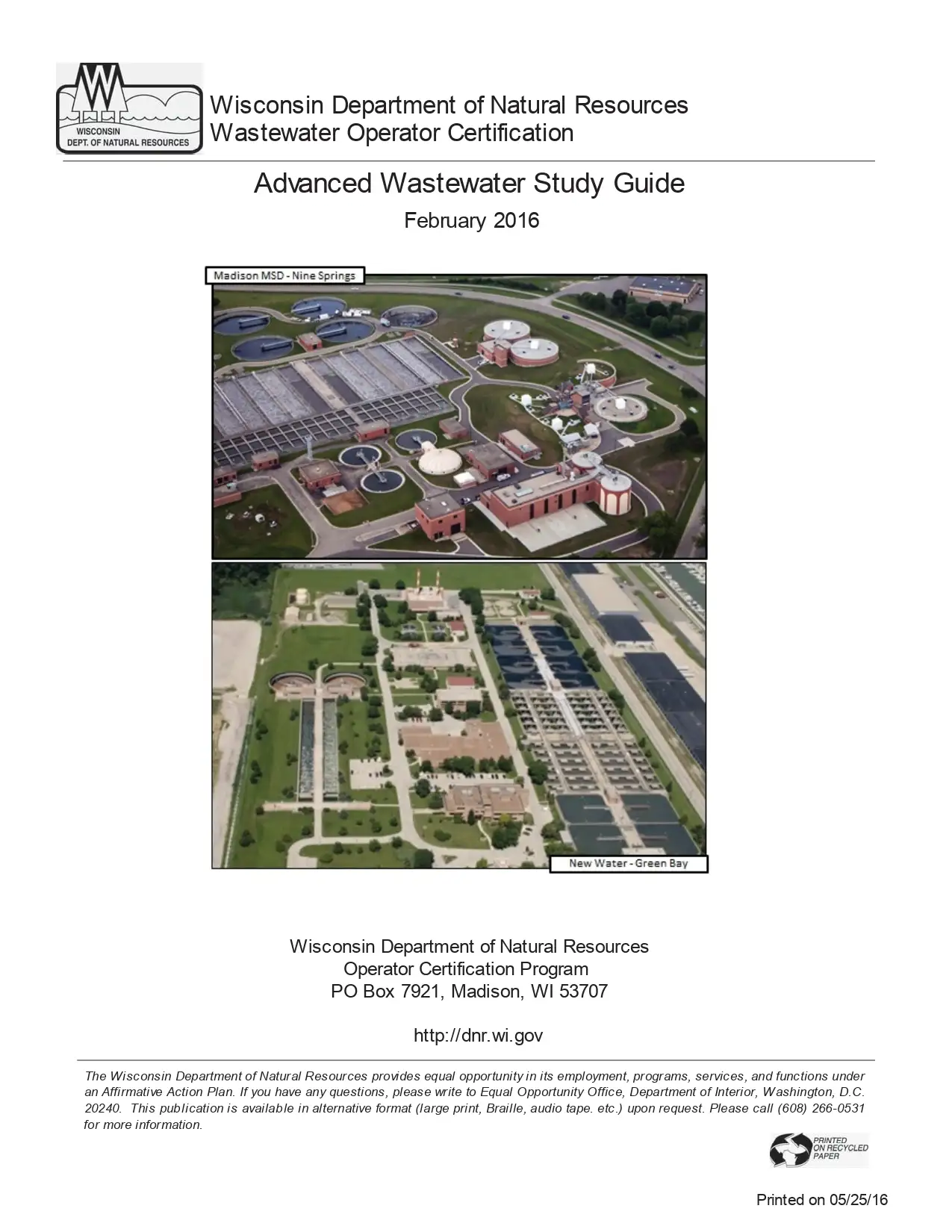
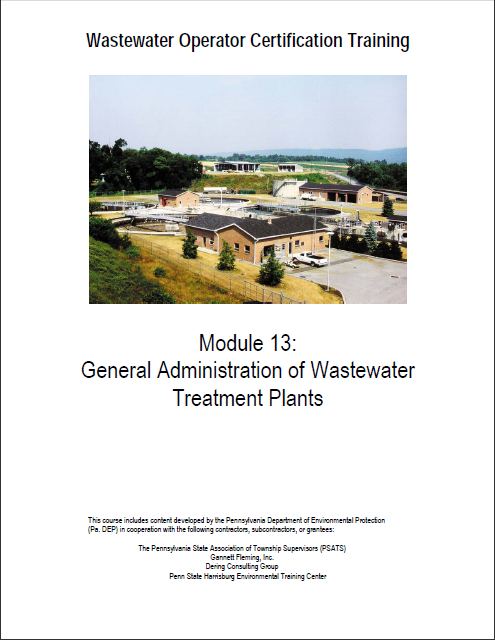
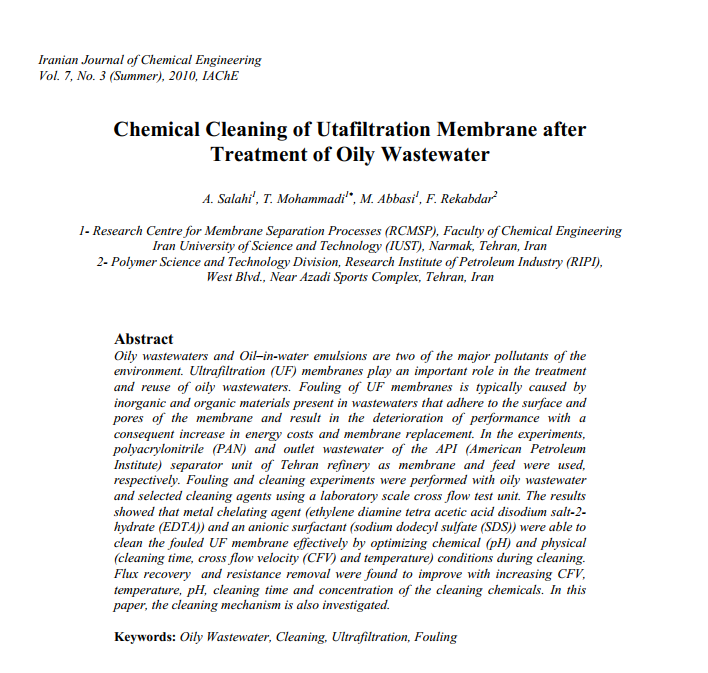
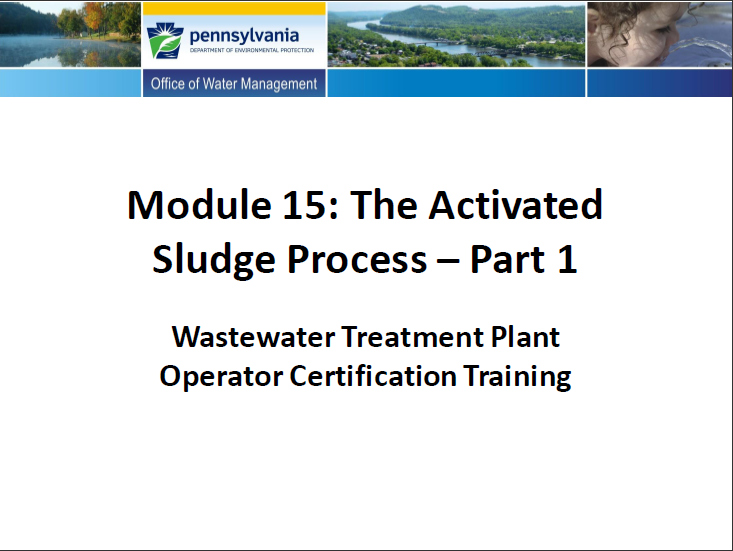

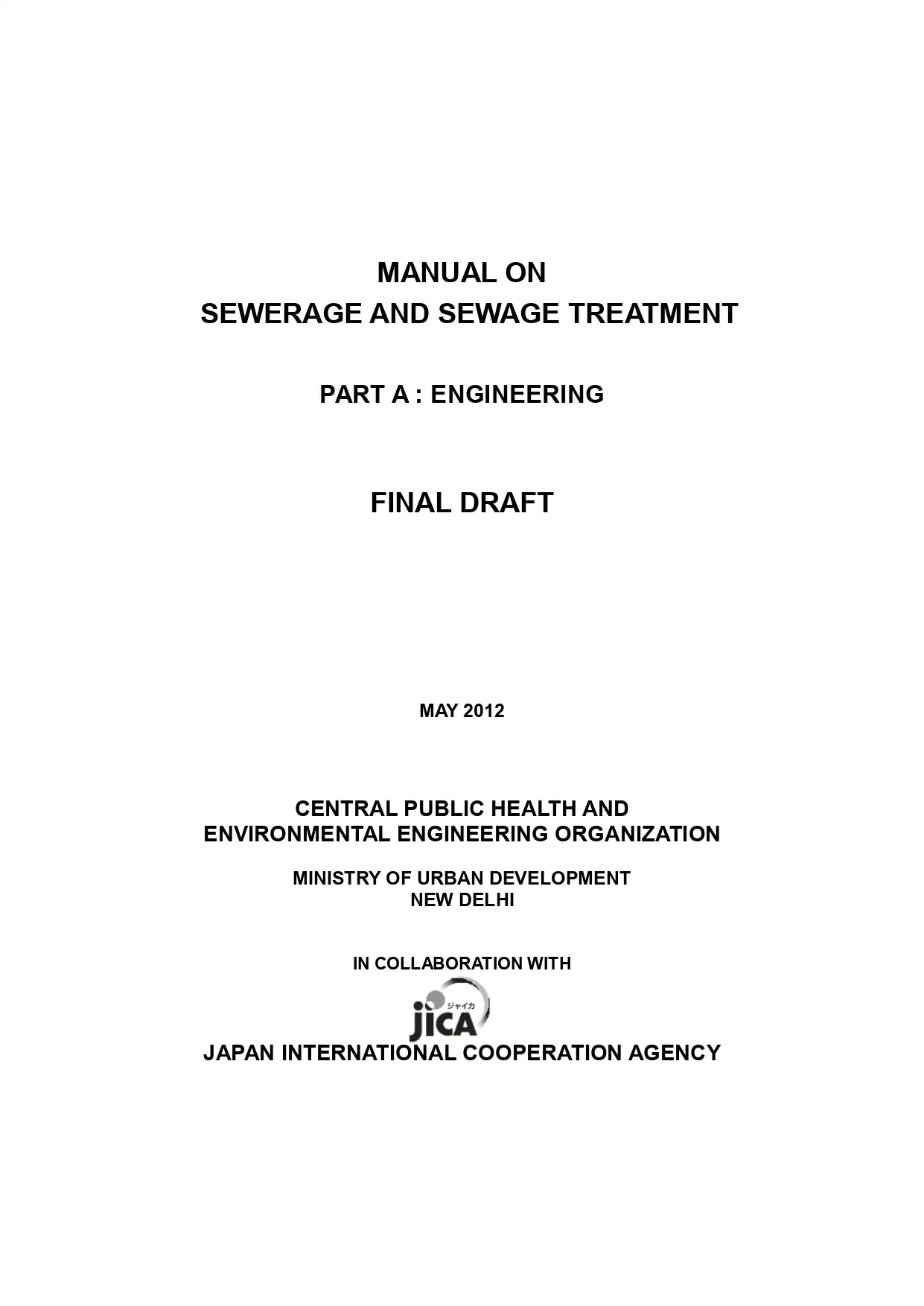
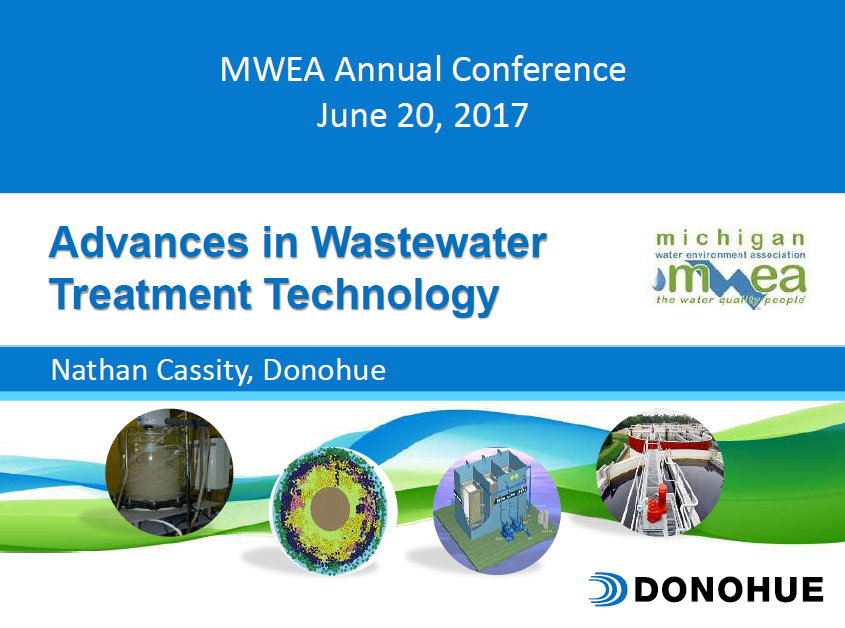
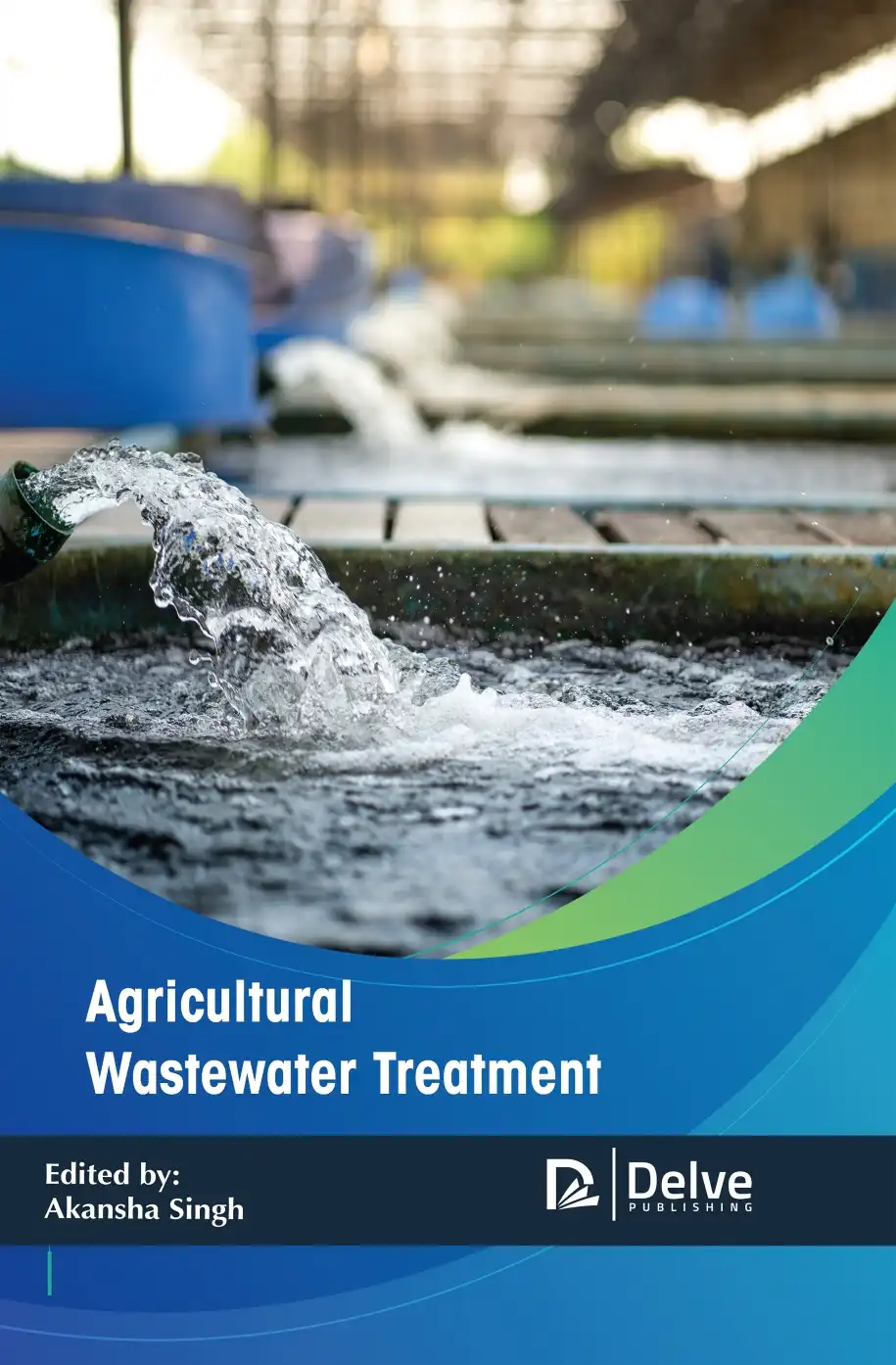
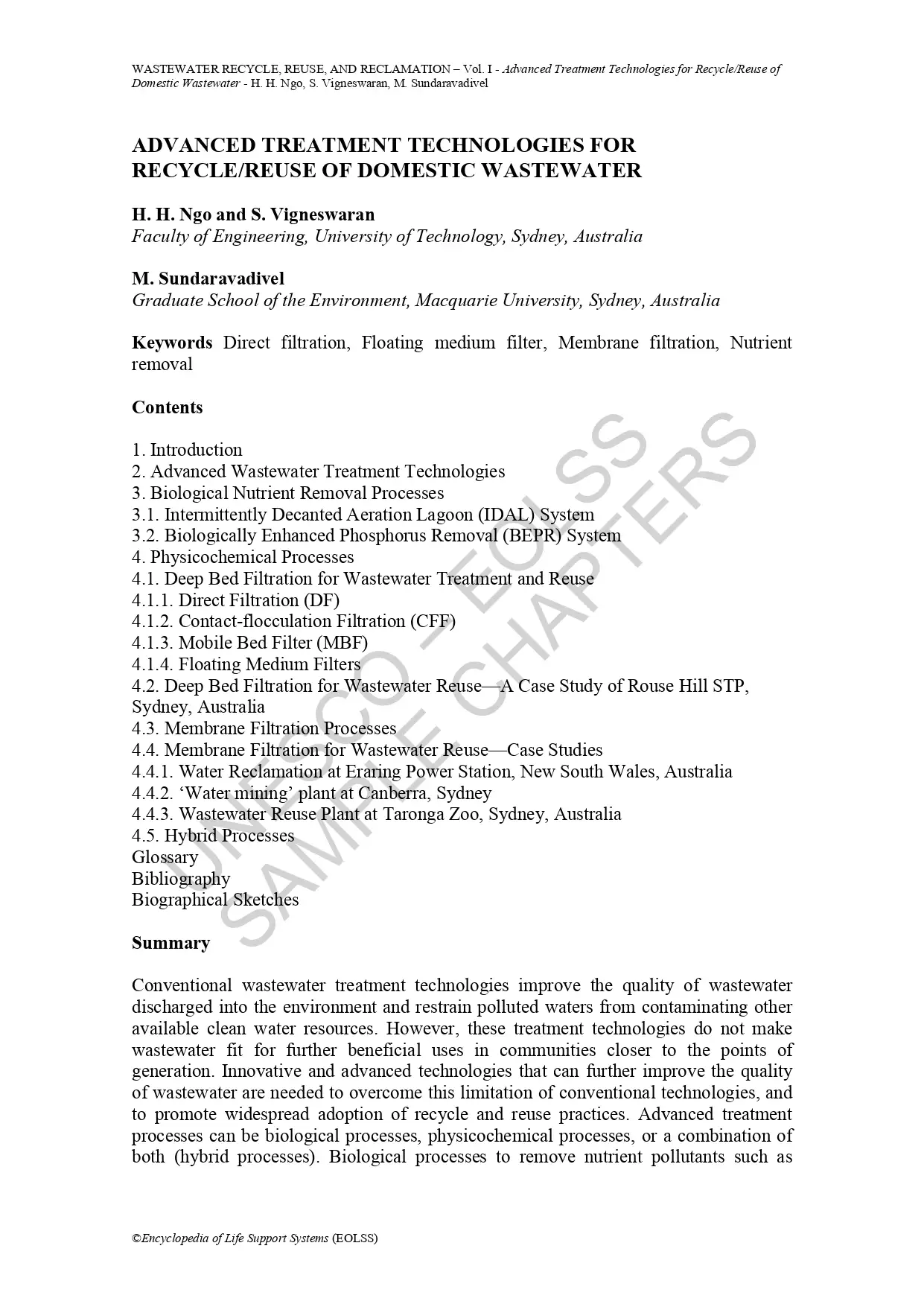
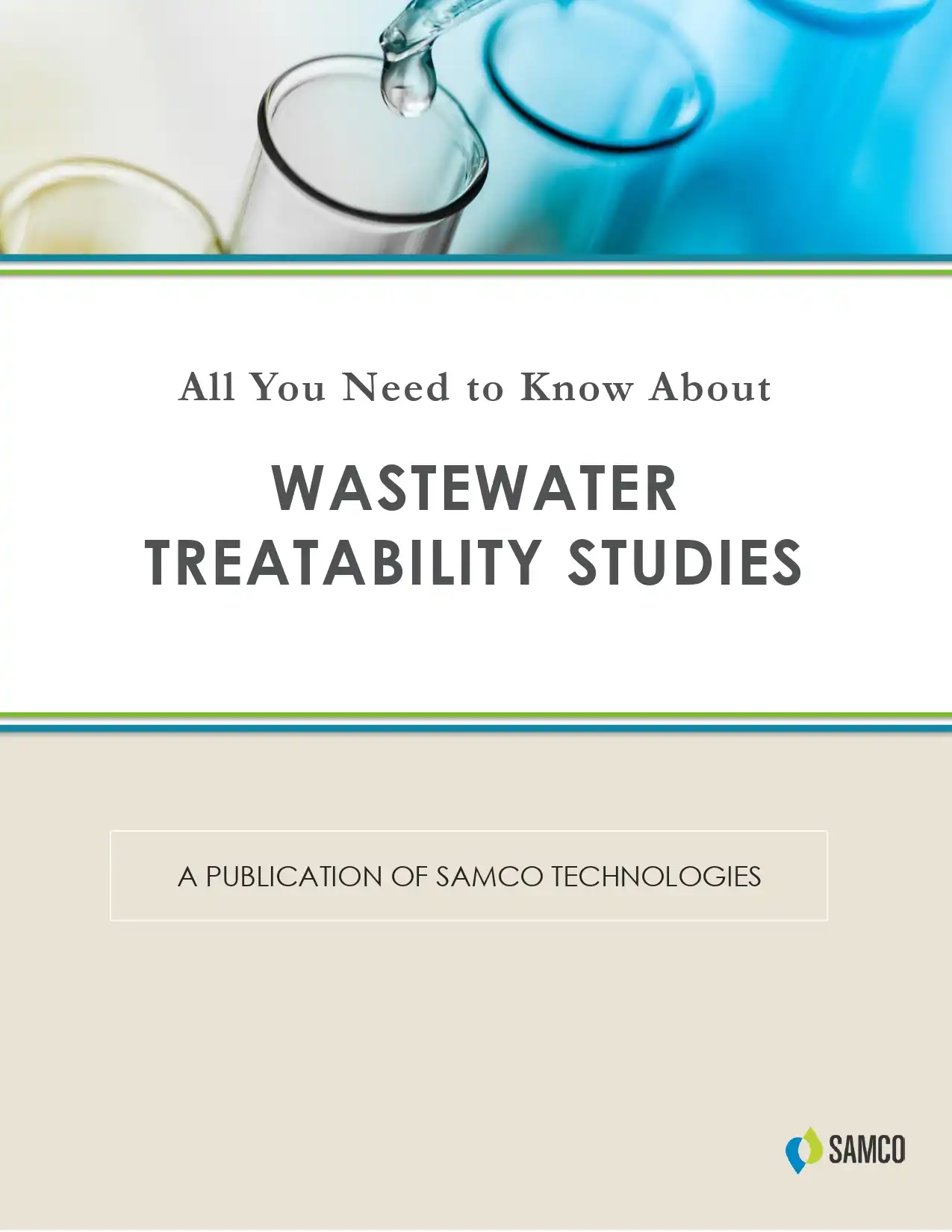
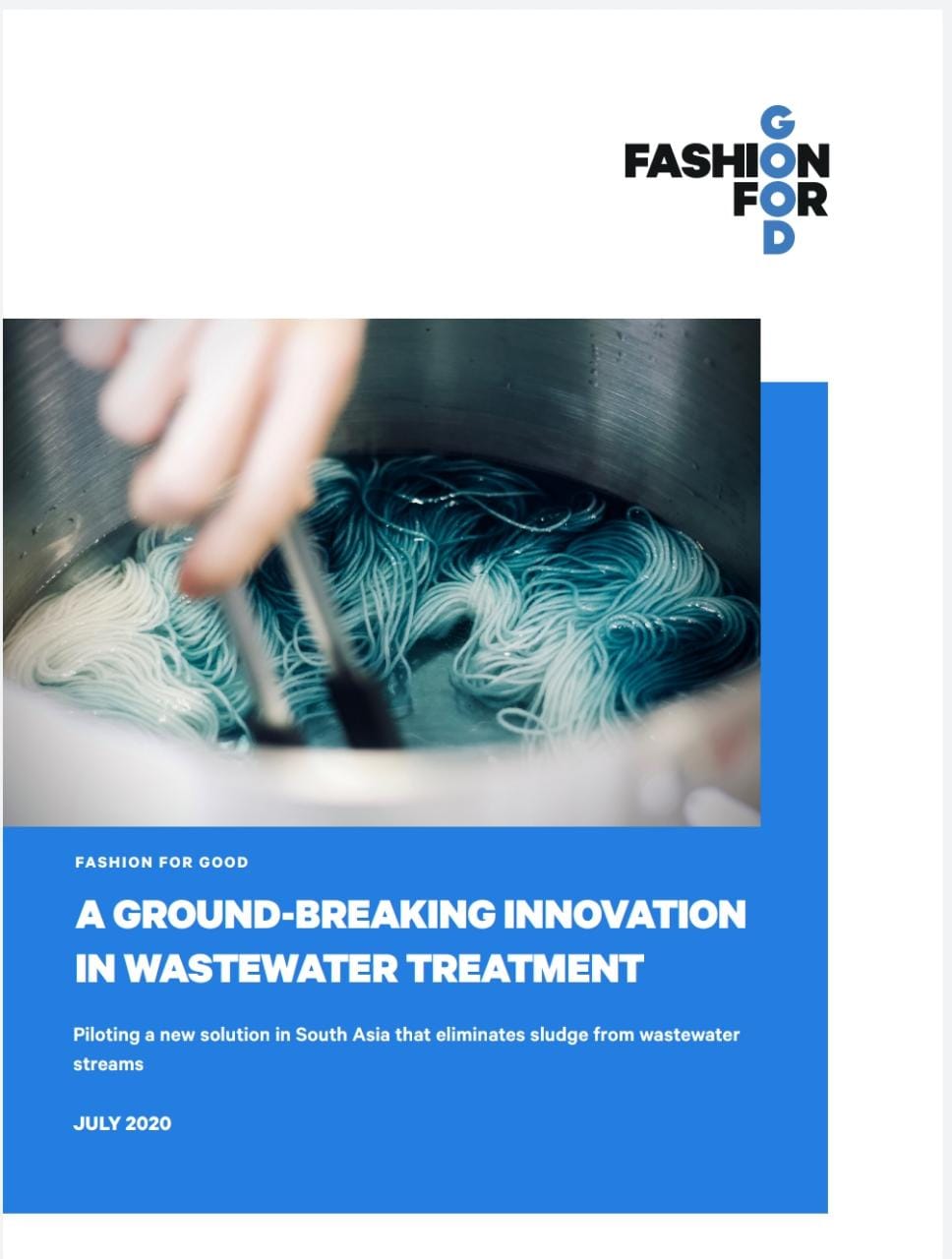
Reviews
There are no reviews yet.